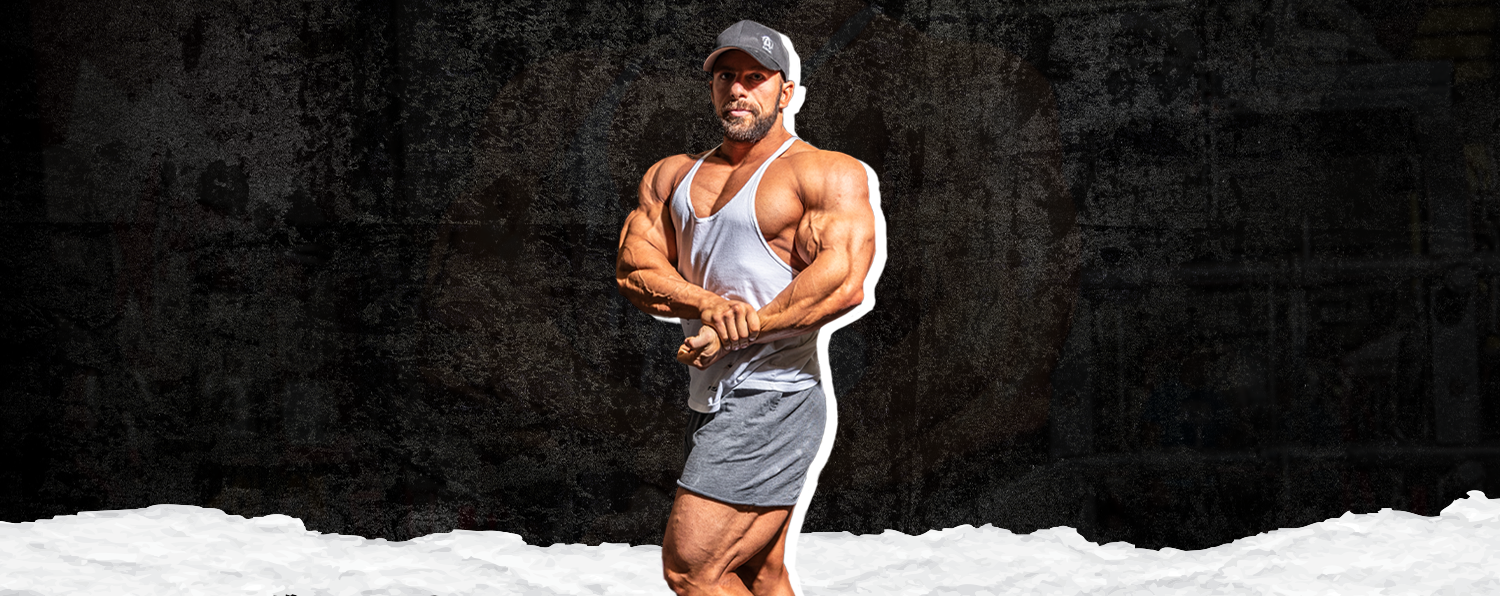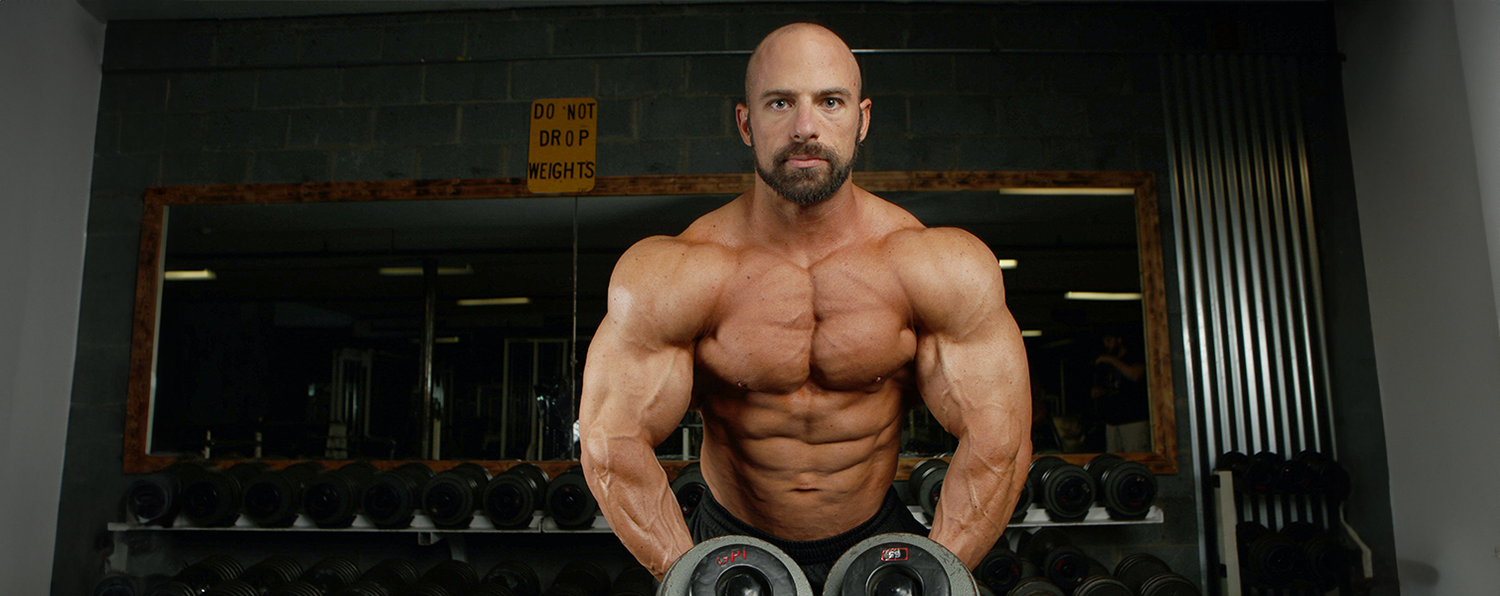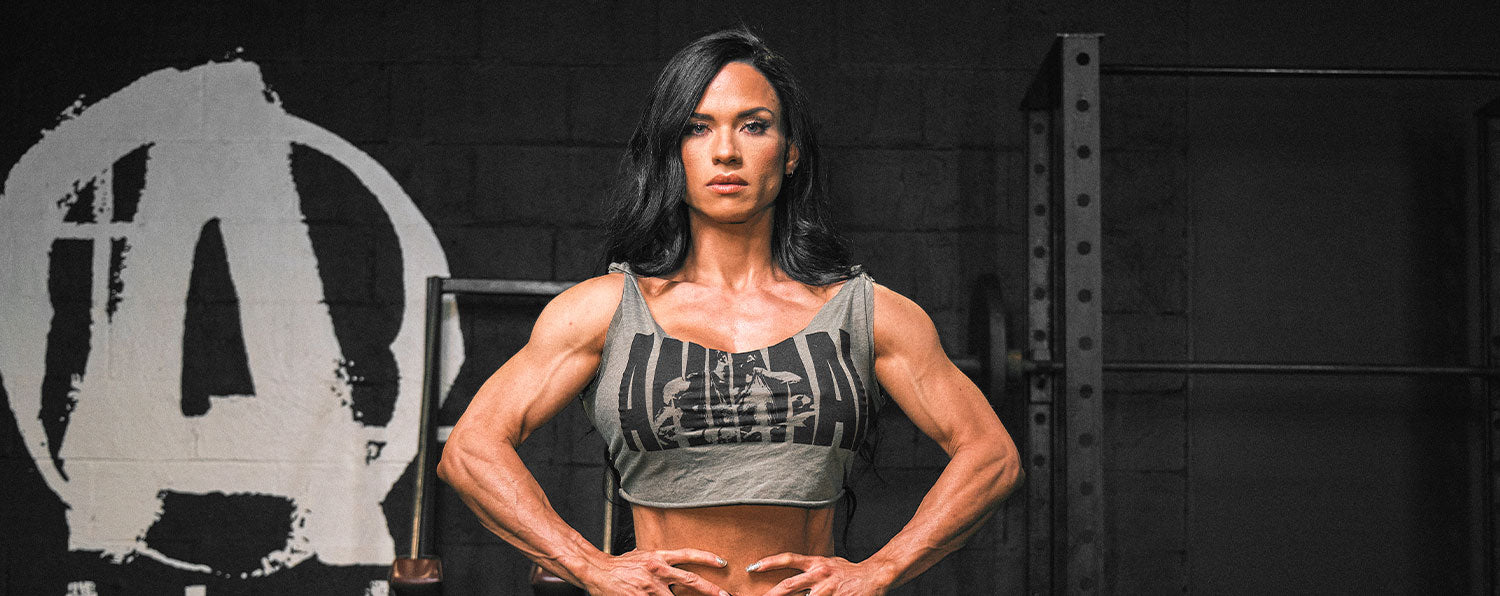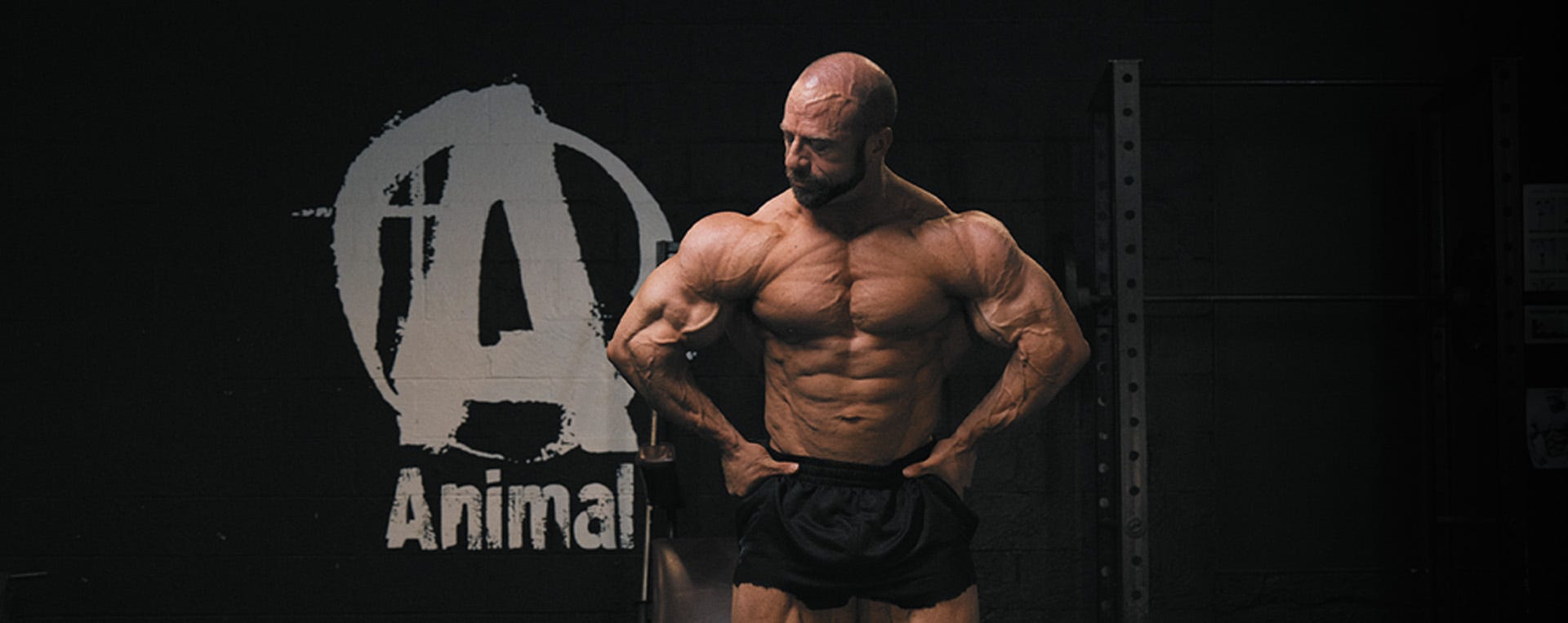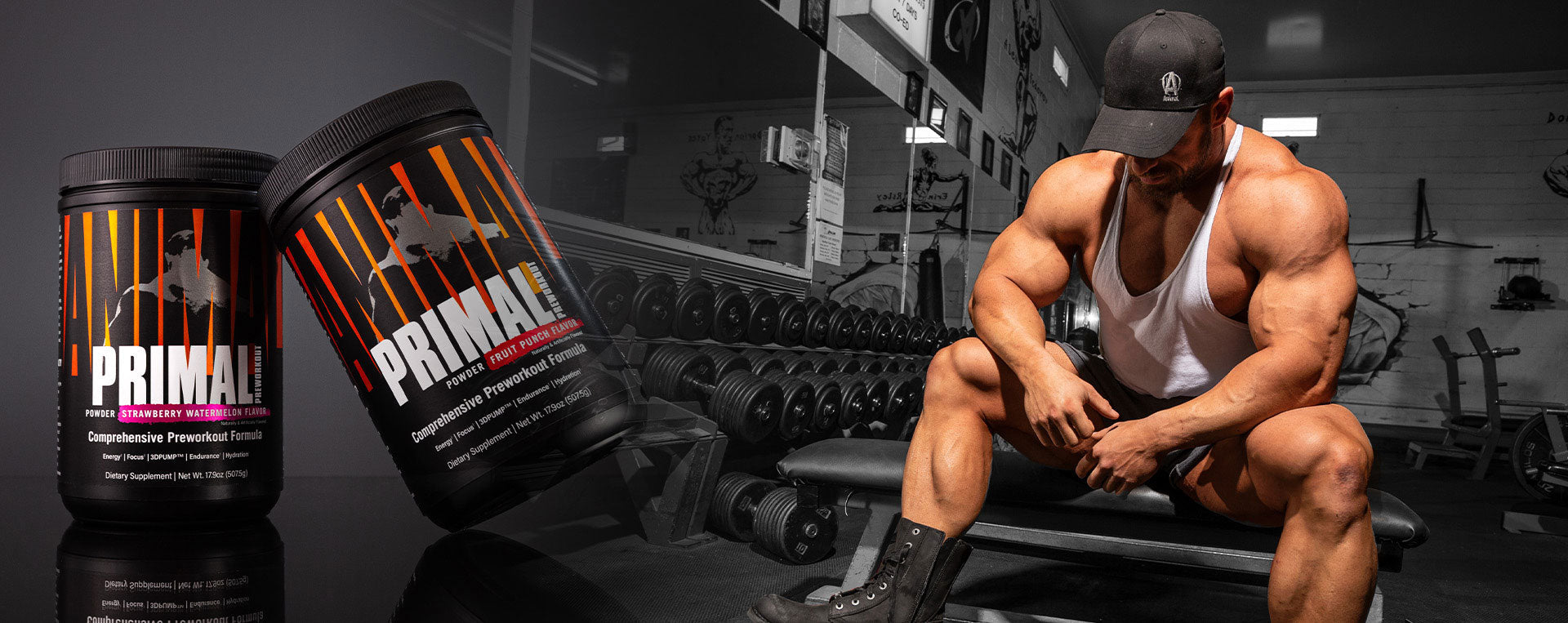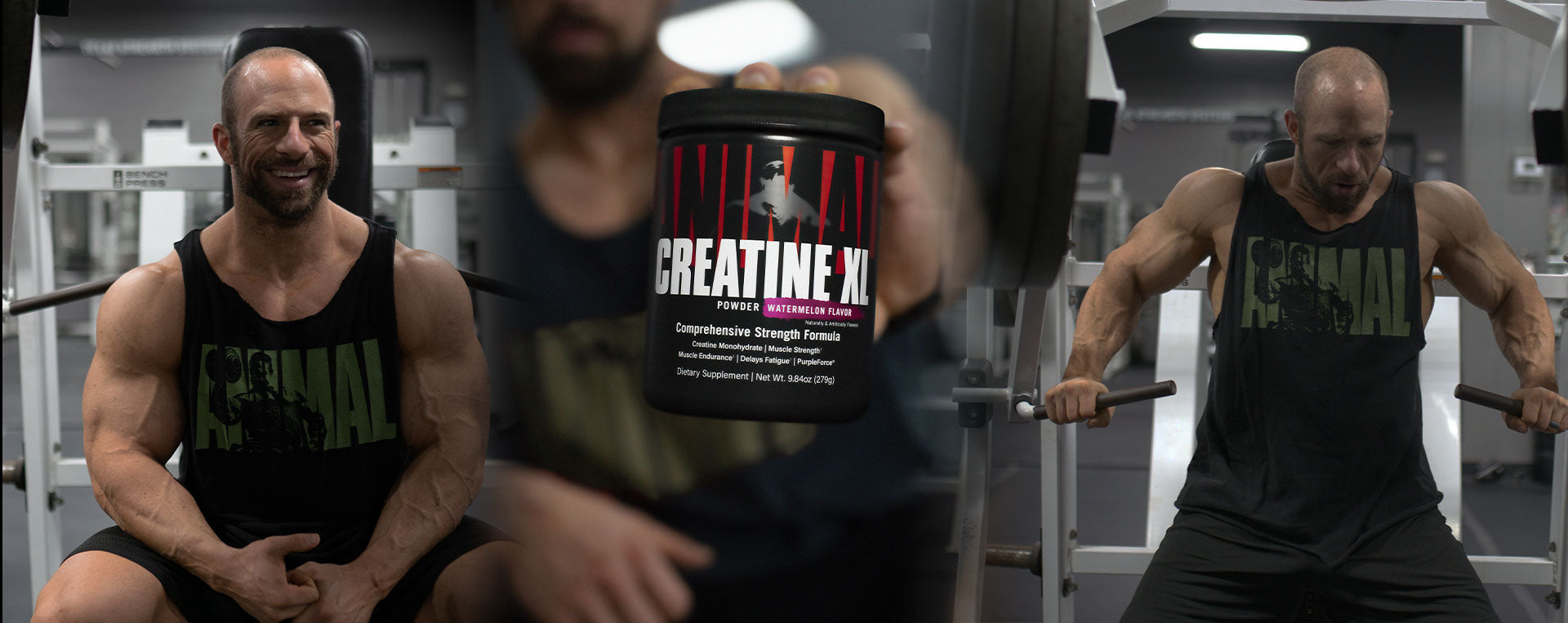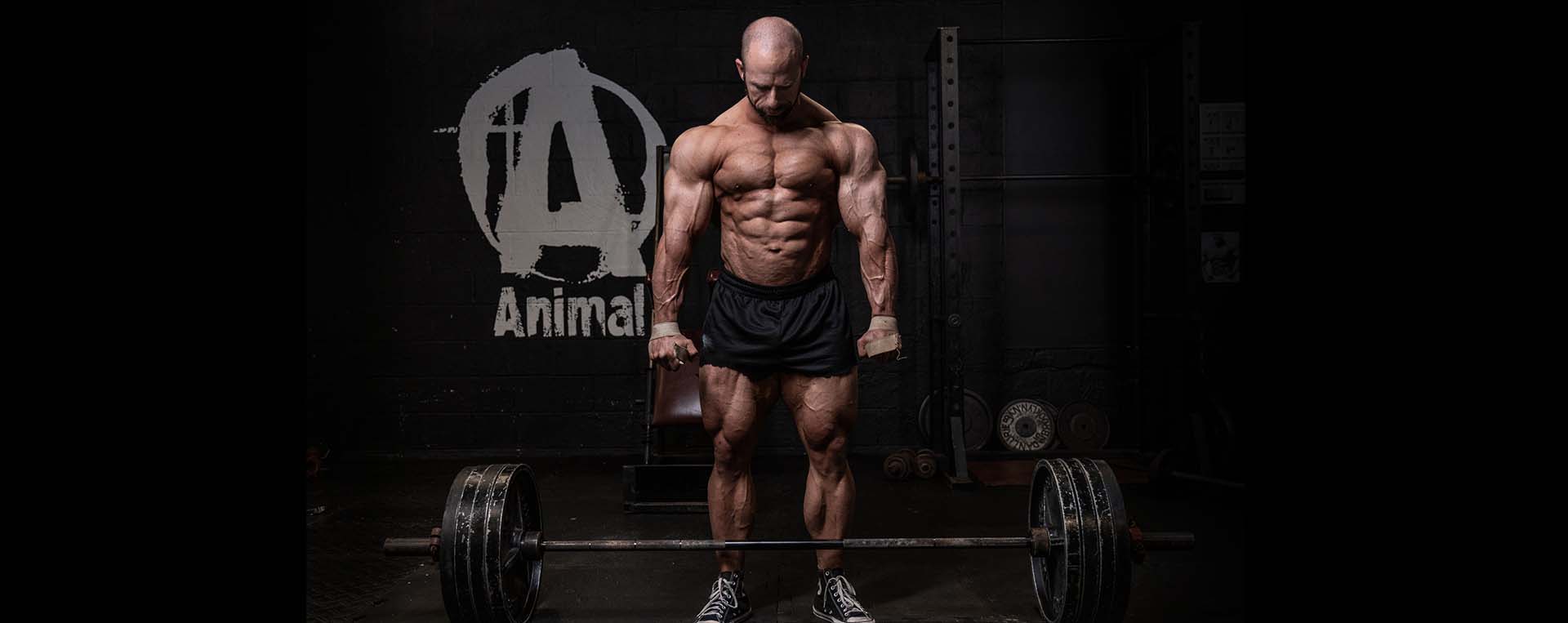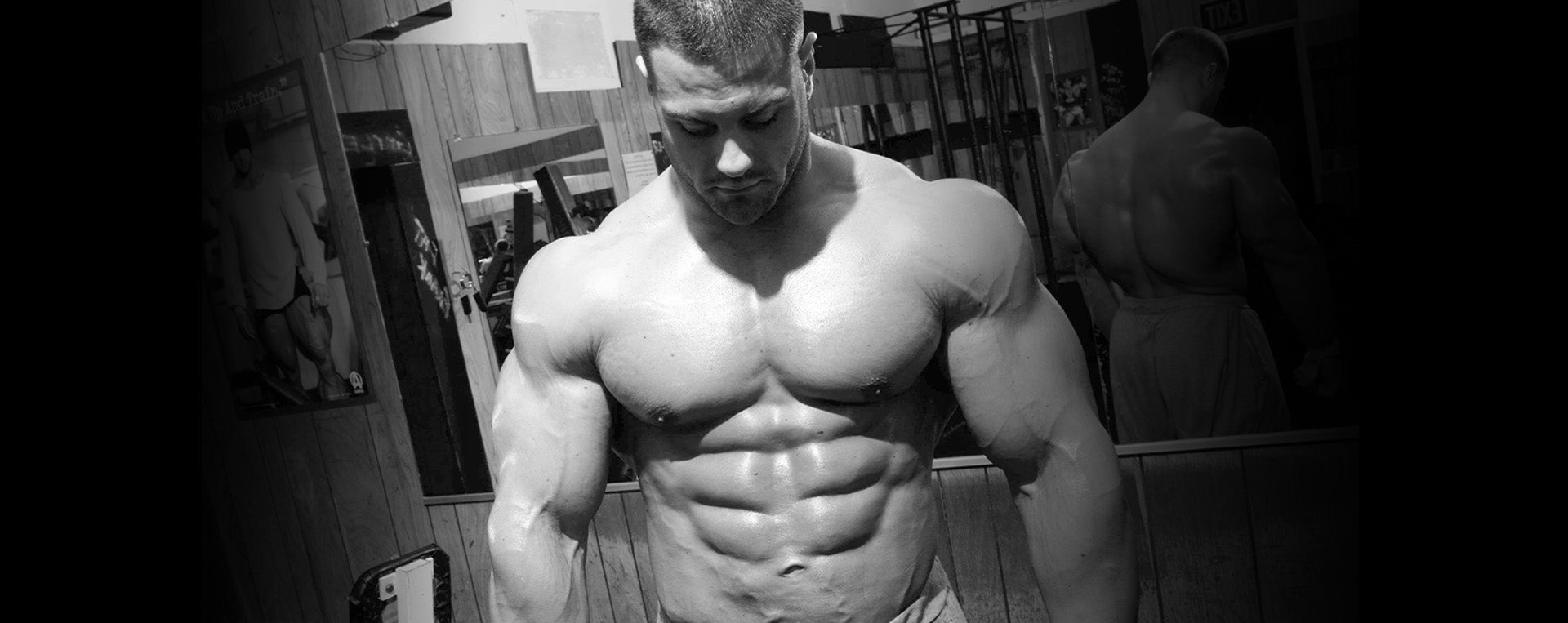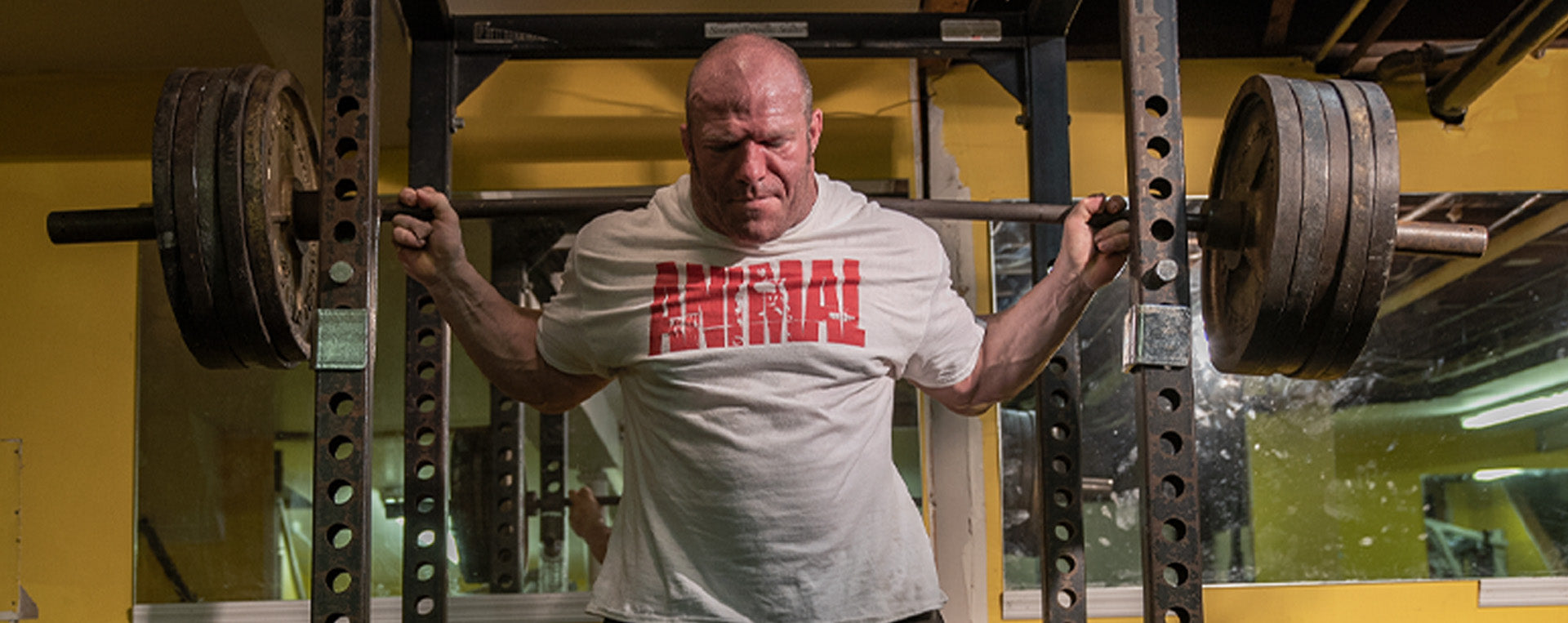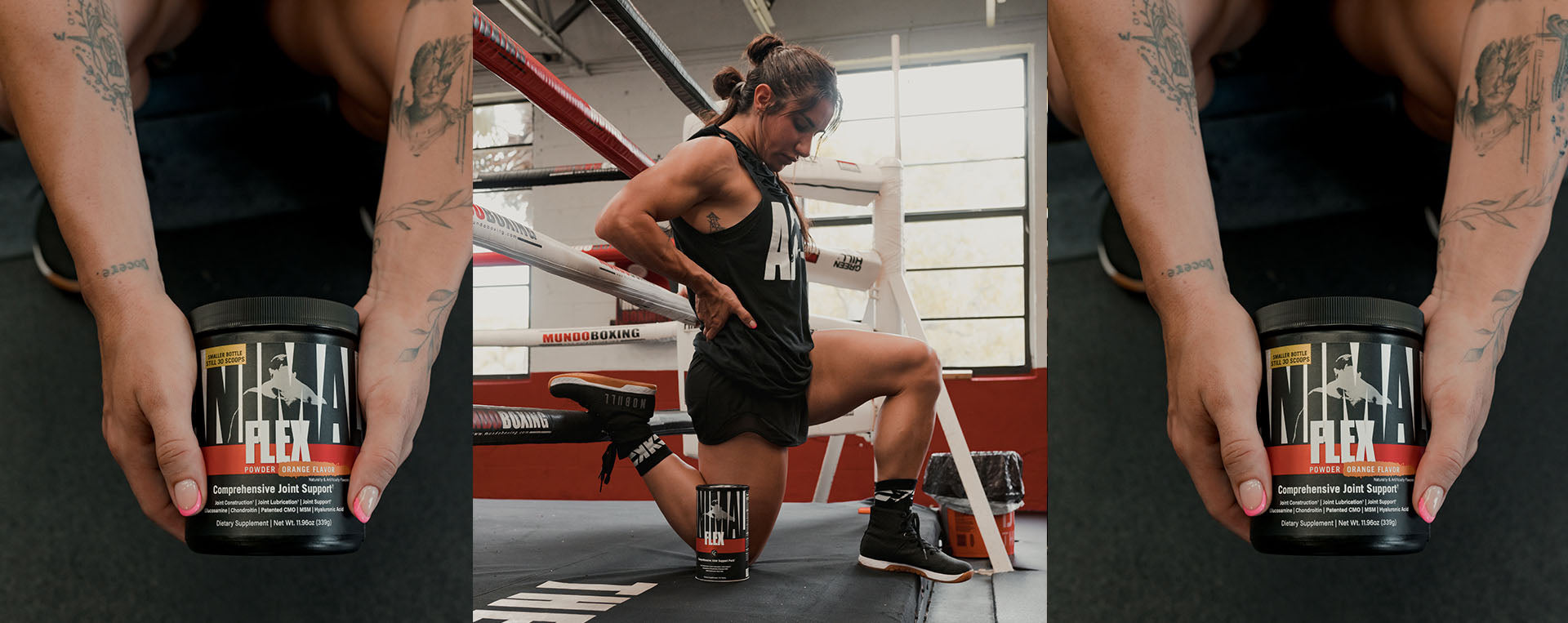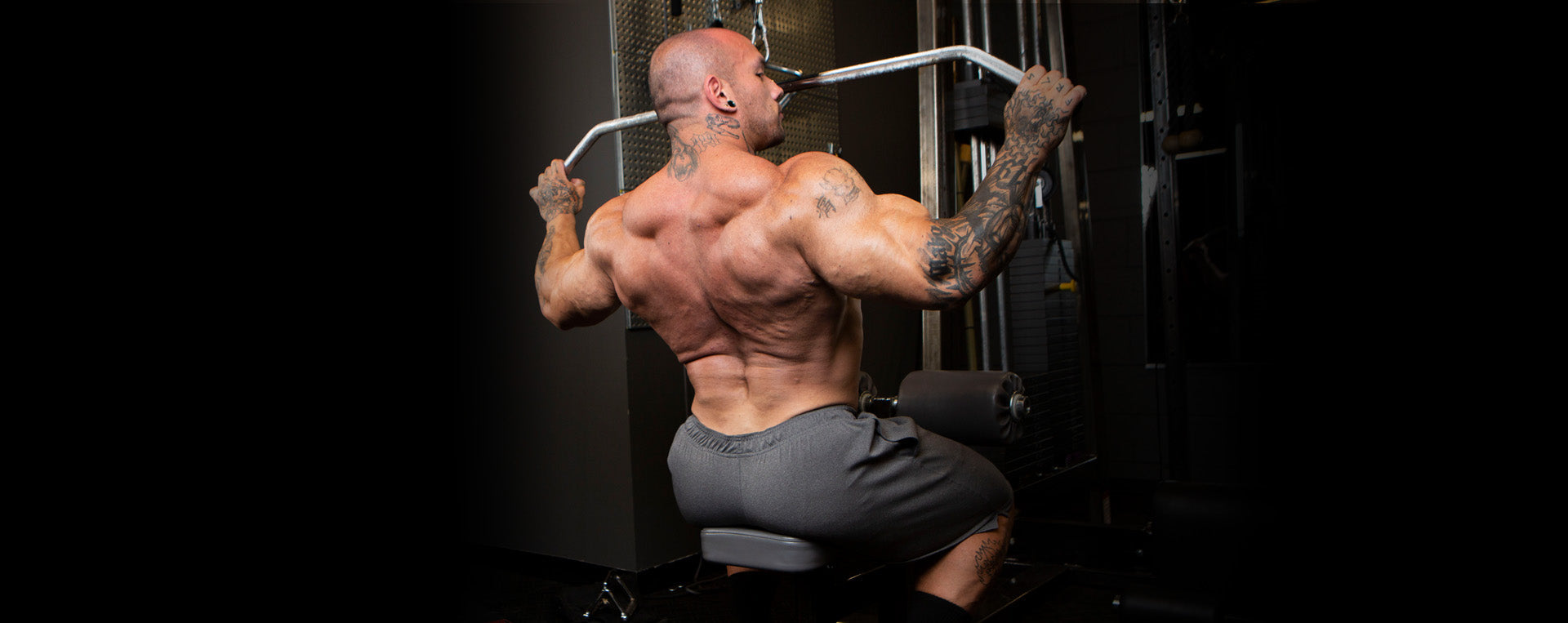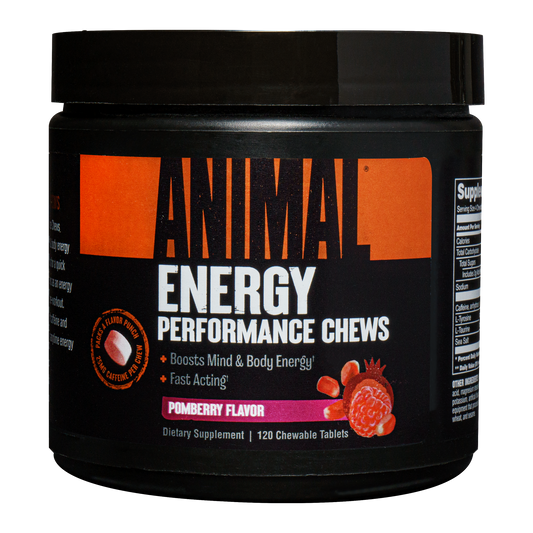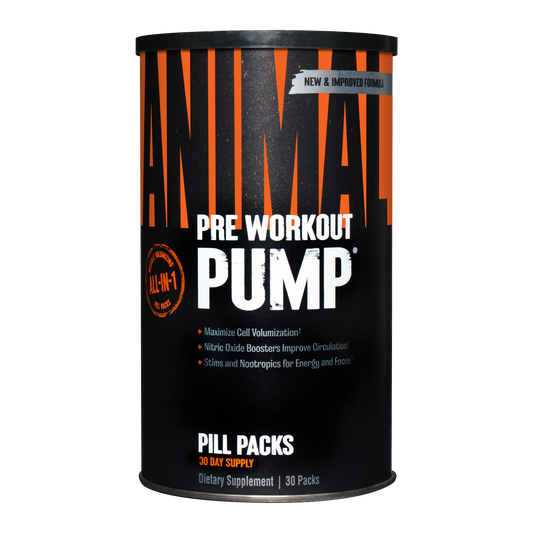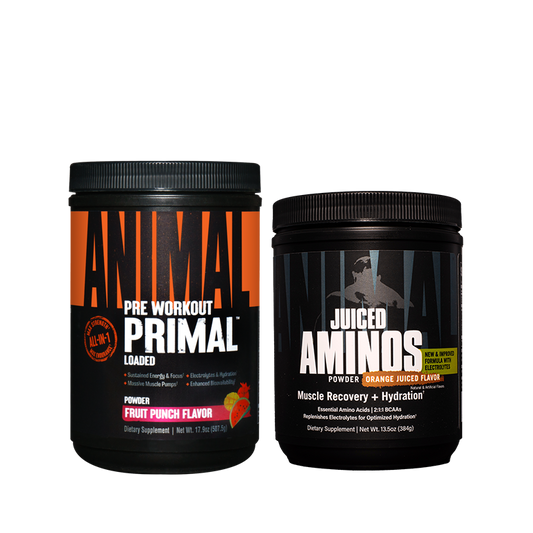A diet, training, and supplement plan that looks perfect on paper can help us make progress toward our goal. For physique athletes, our main goal is to achieve a certain look. The mirror, in this case, becomes the greatest tool to determine if a plan is working. Week to week, if we see body fat loss or more shape/fullness to a muscle, our plan is working. When we don’t see progress, we might change our plan to do more cardio or eat fewer calories. We might continue on this cycle if we are relying solely on the mirror. Instead, it is more useful to monitor your daily responses to a plan on a weekly basis so that you can assess if the plan is designed right or if you should make any changes. Objective measures are easy to track, but subjective measures are much more challenging for the new physique athlete.
Objective Measures
Objective measures are ones that don’t involve an opinion or feeling—these are measurable facts.
Bodyweight: Noting your weight first thing in the morning, under the same conditions, allows you to follow weight trends. This is another tool to help you evaluate changes in the mirror.
Gym log book: Monitor your weight, reps, and sets in the gym. You either have performance improvements or you don’t. This may indicate proper nutrition or not enough calories.
Fluid record: The amount of fluid you drink daily can explain changes in weight, bowel function, and even performance in the gym.
Bowel movements: If you look bloated and distended in your end of the week photos, maybe you didn’t have a bowel movement all week. This may call for more fiber or water in the plan.
Sleep: The amount of uninterrupted sleep you get each night can explain appetite changes, energy and performance changes, and lack of progress.
Subjective Measures
To really understand your body, you need to practice gathering subjective information. Subjective measures rely on your feelings and opinions. Gathering this information takes practice. As you improve, you will also improve your progress by learning how your body responds to your plan and becoming more efficient at making plan changes.
Diet and Fluid Response
Monitor how you feel on your diet. When you eat a meal, track if you feel acid reflux, burping, belching, and bloating. This may indicate a food intolerance or the fact that you’ve reached a specific food volume limit. For example, once I go over 250g of potato, I get really bloated and it does not digest as well. So I know on show day I don’t want to carbohydrate load with potato. Having poor tolerance for the foods you eat can hinder progress. You may also feel hungry on a diet. You should put hunger on a scale of 1-10, with 10 being starving hungry. Then document how long after a meal you notice hunger.
Monitor fluid status. Are you thirsty during the day or more so at specific times? Maybe you are not thirsty at all. I’ve had off-season clients eating high food volumes that causes them to drink less fluid. These same clients notice decreases in performance in the gym and then will get thirsty during training. Decreases in hydration can kill performance, so it’s important to keep fluid intake high and constant.
Training Response
We already have our objective measures down in our gym log book. Now you should take note of your training response—how you felt during training. This is sometimes called the rate of perceived exertion. Say you squatted 400 lb for 10 reps last week and did the same thing again this week. Objectively you maintained strength. But how did the 10 reps feel relative to last week? Maybe last week you had 2 reps left in the tank and this week you nearly blew a gasket trying to get the 10th rep. The perceived exertion would be much higher this week. Even though strength in the log book didn’t drop, it decreased based on how you felt.
Muscle pump is another great response to monitor. Muscle pump can depend on many variables such as carbohydrate intake, total calorie intake, fluid status, sodium intake, supplement usage, insulin sensitivity, body fat stores, and glycogen stores, just to name a few. When you are getting great pumps or no pumps, we can look at the variables to see what is really going on.
Muscle soreness can indicate excessive training or inadequate recovery capacity. This may be tied in with sleep, diet, and/or supplement usage. If soreness is increasing, you may need to change the plan to optimize recovery.
Daily Living Response
During the day, track how you feel. If you are pre-contest, maybe energy for normal tasks is down to zero. Do you find yourself wheeling down the hall in your office chair instead of walking? Are you taking the elevator when you used to take the stairs? When energy drops due to a decrease in intake, non-exercise related activity can be affected. You may show no progress at the end of the week because of these dips. If energy is that low, it’s possible that you may need to increase your calories.
Sleep Response
When it comes to sleep, both quantity and quality counts. Take note of the quality of your sleep. You could wake up and feel like you didn’t sleep at all. Maybe you tossed and turned all night. Poor sleep can affect hormones, appetite, daily energy, and gym performance.
To truly understand your body, start to collect objective and subjective information daily. This will take time to learn and remember to do. As you improve, you will better understand your response and be able to make the best changes to your program. Don’t go another week scratching your head and wondering what the hell happened to the perfect plan on paper.


